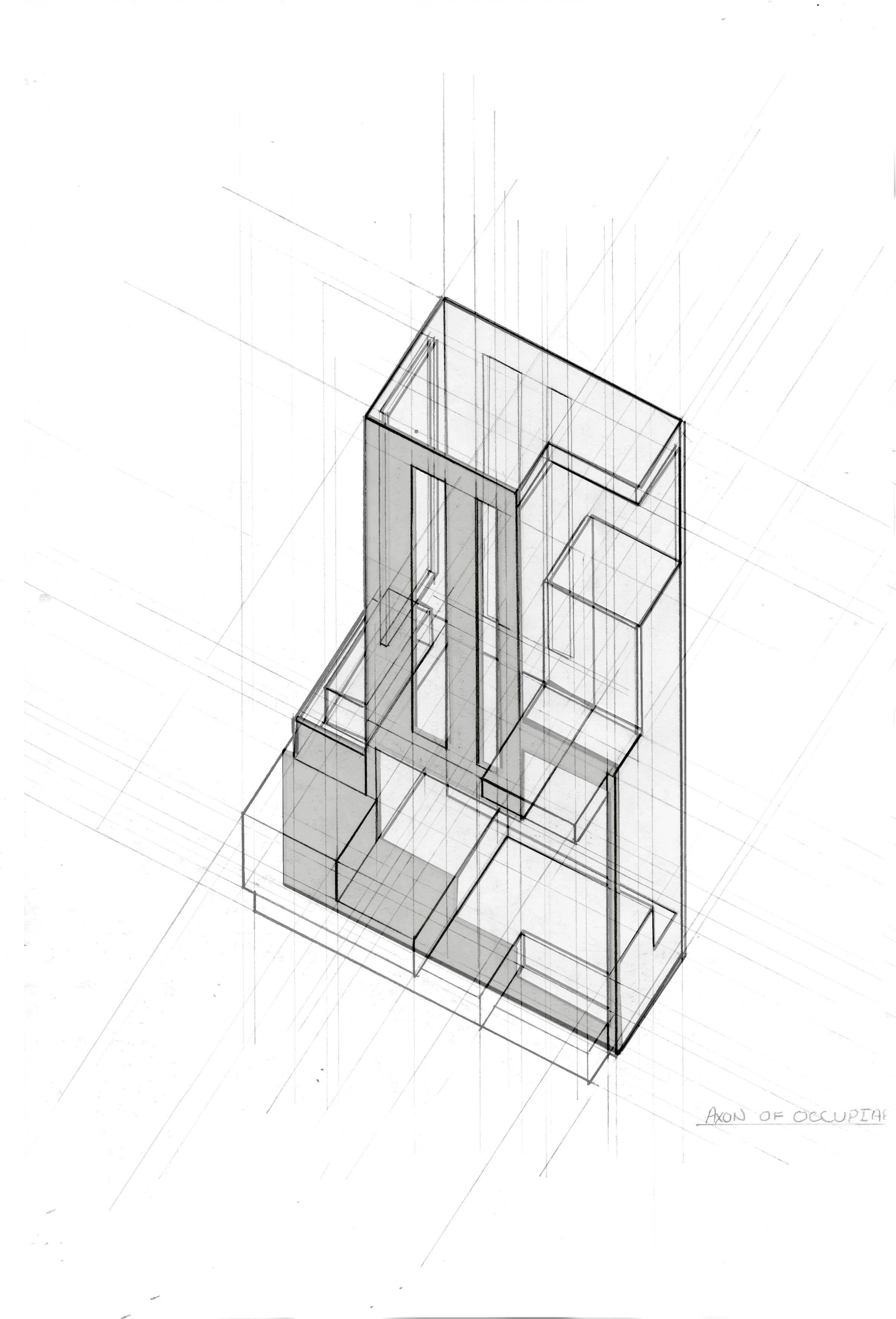Thesis Highlights
First Year Design Studio

This introductory design studio focuses on foundational concepts and methodologies explored through drawing and making. Our focus will be primarily on immediate and local spatial settings, introducing you to the careful study of the world around you, what you find there, and what you imagine might be significant about the shaping of place in an architectural sense. We will depend on what you already know to move forward in developing a specific vocabulary to describe the nuances of the physical world, then we will use this lexicon to link qualities of space to design operations.
Drawing comprises an architect’s primary mode of seeing | thinking | creating and will form the cornerstone for a studio-based process of critical thinking. We will study composition, the nature of something determined by its ingredients or constituents, by observing the way in which a whole is made up of interrelated parts. Building an awareness and understanding of the relationships between parts will propel the design process by generating ideas and defining physical properties with which to work.
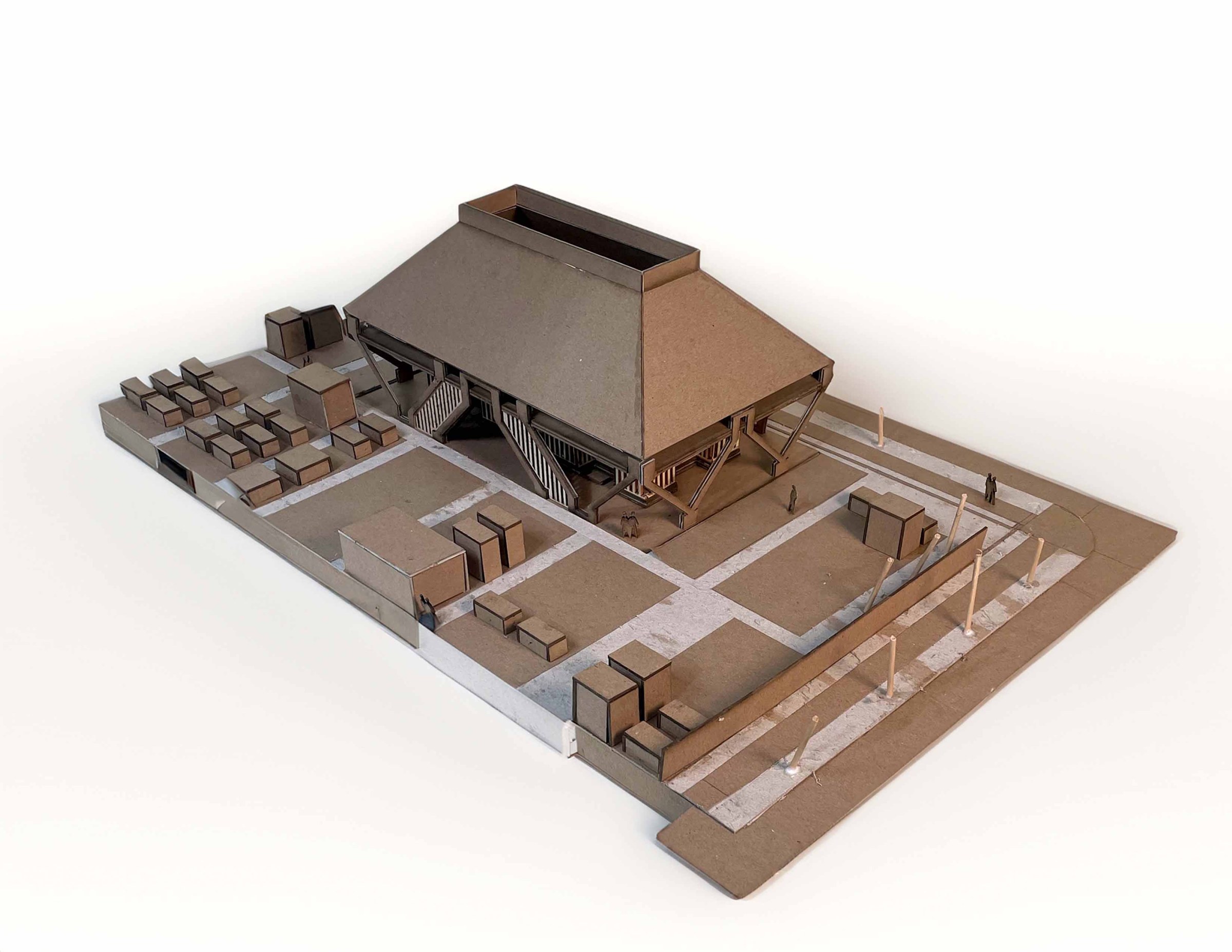
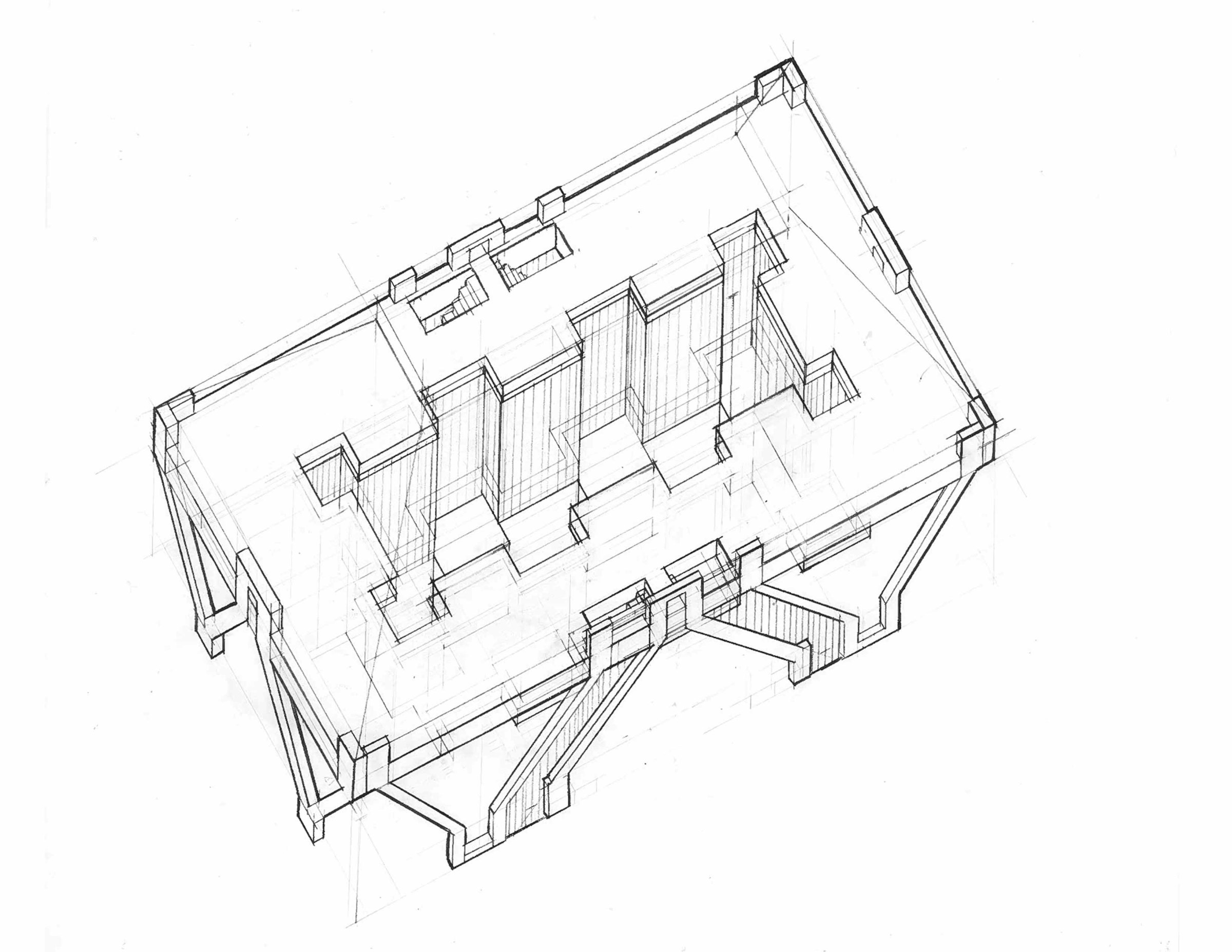
Our learning strategies will include lectures and workshops that describe free-hand drawing, drafting, constructed perspectives, and manual | analog 3D modeling. We provide lessons in each technique that you will need in the sequence of assignments so that all students have the skills and understanding they need to be successful in the course. These diverse methods will provide tools to work with both the empirical [what is found through observation and the careful recording of those findings] and the experiential [that described by your senses and emotional connection] to participate in the speculative, or the creative formation of change, as we proceed from recorded information to generative inspiration.
WORK

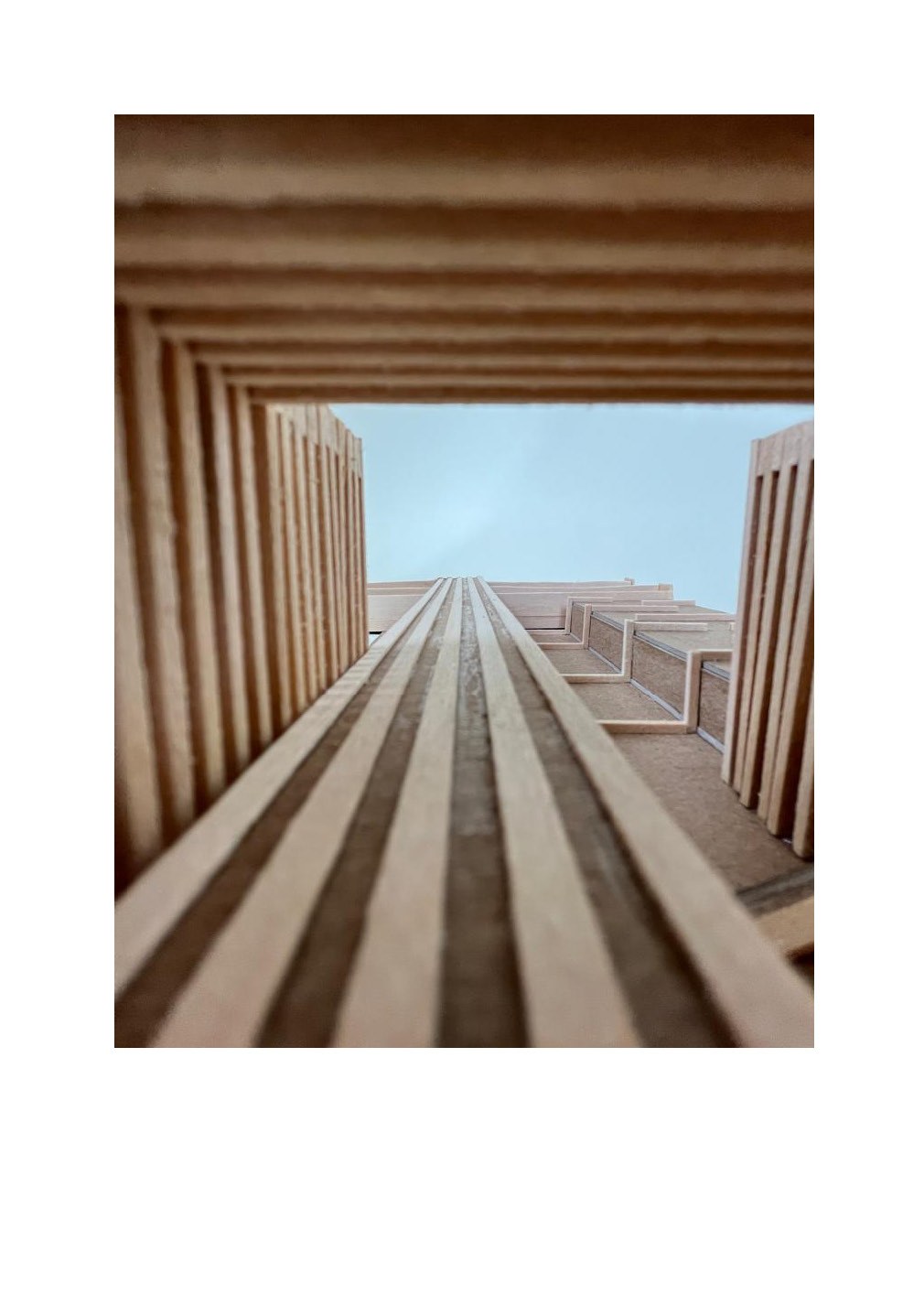

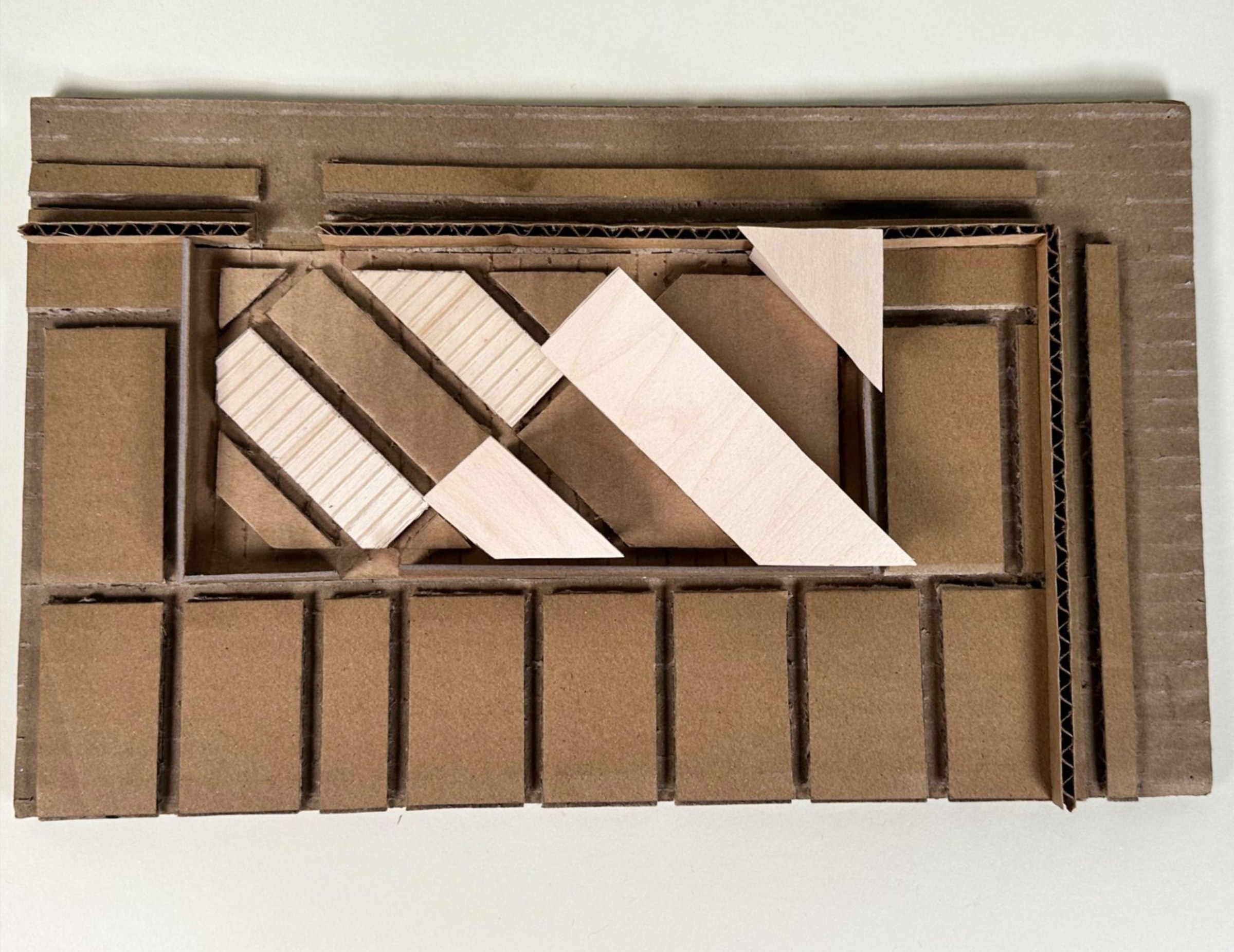
FACULTY
Andrew Liles (coordinator), Hannah Kenyon, Jonathan House, Mitchell Hubbell, Elizabeth Chen, Ira Concepcion, Mary Matucheski
